A comprehensive understanding of the flavor characteristics of manors and coffee beans in Costa Rican coffee producing areas
The coffee beans produced at the high latitudes of Costa Rica are famous in the world, full-bodied, mild in taste, but extremely sour. The coffee beans here have been carefully processed, which is why they have high quality coffee. Located in the south of SanJos é, the capital of Tarasu, Costa Rica is one of the most valued coffee growers in the country.
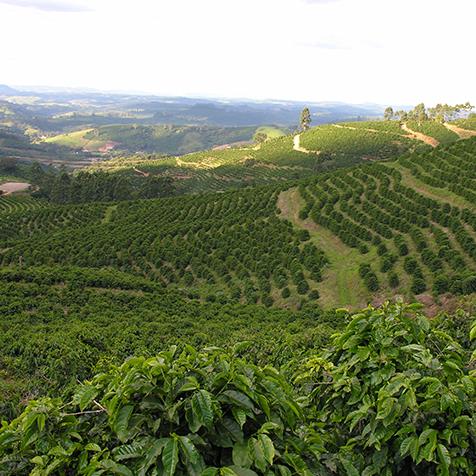
Tarrazu in Costa Rica is one of the major coffee producing areas in the world. The coffee produced is light and pure in flavor and pleasant in aroma. Costa Rica, with its fertile volcanic soil and good drainage, is the first country in Central America to grow coffee and bananas for commercial value. Coffee and bananas are the country's main exports. Coffee was introduced into Costa Rica from Cuba in 1729. Today, its coffee industry is one of the well-organized industries in the world, with a yield of 1700 kg per hectare. Costa Rica, with a population of only 3.5 million, has 400 million coffee trees, and coffee exports account for 25 per cent of the country's total exports. Costa Rica has also benefited from the establishment of the Central American Institute for Agricultural Research (IAAC) in Tarasu, which is an important international research centre.
High-quality Costa Rican coffee is called "extra hard beans". This kind of coffee can grow above 1500 meters above sea level. Altitude has always been a problem for coffee growers. The higher the altitude, the better the coffee beans, not only because the higher altitude can increase the acidity of the coffee beans and thus increase the flavor, but also because the night temperature at the higher altitude is lower, which can make the trees grow slowly, thus making the coffee beans have a stronger flavor. In addition, due to the high altitude drop caused by sufficient rainfall, is also very beneficial to the growth of coffee trees.
S.H.B. It is a very hard bean with an altitude of more than 1500 meters above sea level, which means high quality Costa Rican coffee. This extra-hard coffee bean suitable for medium and heavy roasting has a strong sour taste and charming aroma. Costa Rican SHG coffee is usually full of particles, clear flavor, bright acidity and ideal consistency. The strong flavor makes the tail rhyme reverberate in the throat for a long time, unforgettable.
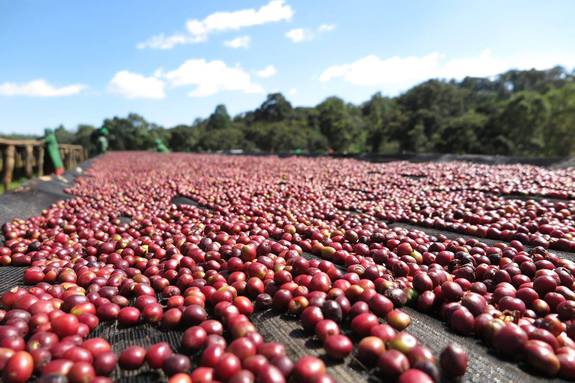
Other coffees worth mentioning are JuanVinas,PR, H.Tournon, Windmill,SHB, Montebello and SsntaRosa. Fine coffee is generally grown in Geredia and the central canyon. Another striking type of coffee is Sarchi (one of the five towns that represent Costa Rica's Coffee Road), which grows on the slopes of the PoasVolcano volcano, 53km from San Jose. Saatchi, founded in 1949, has a land area of 30770 hectares and grows sugar cane and coffee. The area is also famous for its handicrafts, attracting tourists from all over the world.
Located in the fertile hills of the Poas volcano in the central valley of Costa Rica, Fenghuang Manor is the first producer in Central and South America to produce honey treatment and sun-tanned coffee. It is a completely 100% organically grown coffee manor. The owner believes that organic farming is a better choice for environmental maintenance and family health, even though it faces many technical and organizational challenges. Still adhere to this belief.
The manor attaches great importance to the concept of environmental treatment, such as collecting Rain Water to process coffee, and the production and use of organic compost using earthworm farming (worm composting) makes the planting process completely free of chemical fertilizers and pesticides. The high-quality coffee produced by this estate is very unique, the biggest feature is that it has a very amazing sweetness, 100% organic coffee! He became famous when he took part in the boutique coffee contest in 2009.
During the harvest season, the sugar content of the fruit is measured by the sugar meter (Brixmeter) often equipped by the wine industry, and the best time and treatment are determined according to the brix sugar content. Only those with more than 20% sweetness will be exposed to the sun. The Brix value of general fruit is 14 for apple, 12 for lemon and 18 for passion fruit, but the coffee cherry of Fenghuang Manor can reach 21-22.
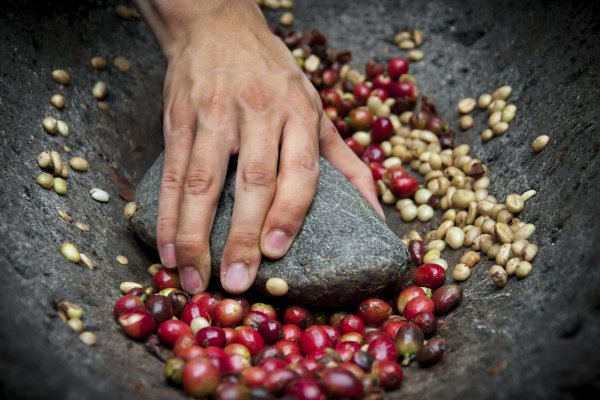
The cultivation of coffee in Costa Rica has a long history, but in the past 10 years, the new "dry" treatment has become a trend, collectively referred to as the "honey treatment". Honey treatment is a kind of treatment between sun drying and water washing. It keeps the coffee clean by washing, and because it is dried in the sun together with the pulp mucosa, it greatly increases the sweetness and caramel flavor of the coffee (the sugar content of the pulp mucosa is extremely high). Honey treatment first appeared in Costa Rica in Central America, mainly because of the lack of water resources in some high-altitude areas of Central America, so the coffee fruit was dried in the sun together with the pulp mucosa after using the pulp sieving machine. Honey-treated coffee beans are graded according to the degree of retention of the pulp (from less to more): yellow honey (20%), red honey (50%) and black honey (100%). The drying time of raw coffee beans treated with red honey is 2-3 weeks, usually due to weather or placed in a dark place. If the weather is clear, the grower will shade part of the sun to reduce the sunlight time. The advantage of this is that it can avoid the excessive fermentation caused by direct exposure, so that the overall dried fruit flavor of coffee is obvious but not too strong, the fruit flavor is delicate and the fat is thick and lasting, and the rhyme is long!
Costa Rican coffee cultivation was introduced by Cuba in 1779 and exported for the first time in 1820. There are about 32000 coffee farmers, with an average planting area of less than one hectare (10000 hectares) per farmer. Costa Rica has a population of 41 billion (2006), with a coffee planting area of 82500 hectares and an annual production of 1.7 million bags (60kgs per bag). The annual domestic consumption is 380000 bags, with an average annual national consumption of 5.5kgs, which is higher than that of Japan (consumption 4kgs). At present, Taiwanese are only slightly higher than 1kg.
Costa Rica is the country where coffee was first introduced into Central America. It has a long history and has a complete coffee organization from production to marketing system. Because it is located in the Central American Gorge, there are many volcanoes, it has the natural advantages of sunshine and land, and the climate is reconciled by Pacific and Atlantic currents and sea breezes at the same time, the coffee produced has the characteristics of local micro-climate and soil conditions, in terms of quality and quantity, Costa Rican coffee has always been recognized by the world, and has been rated as one of the world-class high-quality coffee. Costa Rican coffee has been cultivated for two hundred years. It was first planted on the slopes of the Poas and Barva volcanoes, today known as the Central Valley (Central Valley). The seven main coffee producing areas are distributed from northwest to southeast, along with the inland central plateau.
Costa Rican volcanic terrain with fertile volcanic ash, mild and suitable temperature, and stable and abundant rainfall is one of the reasons why coffee has become one of the main agricultural products in Costa Rica. The seven major producing areas are: Tarrzu, Tres Rios, Orosi, Central Valley, West Valley, Turrialba and Brunca.
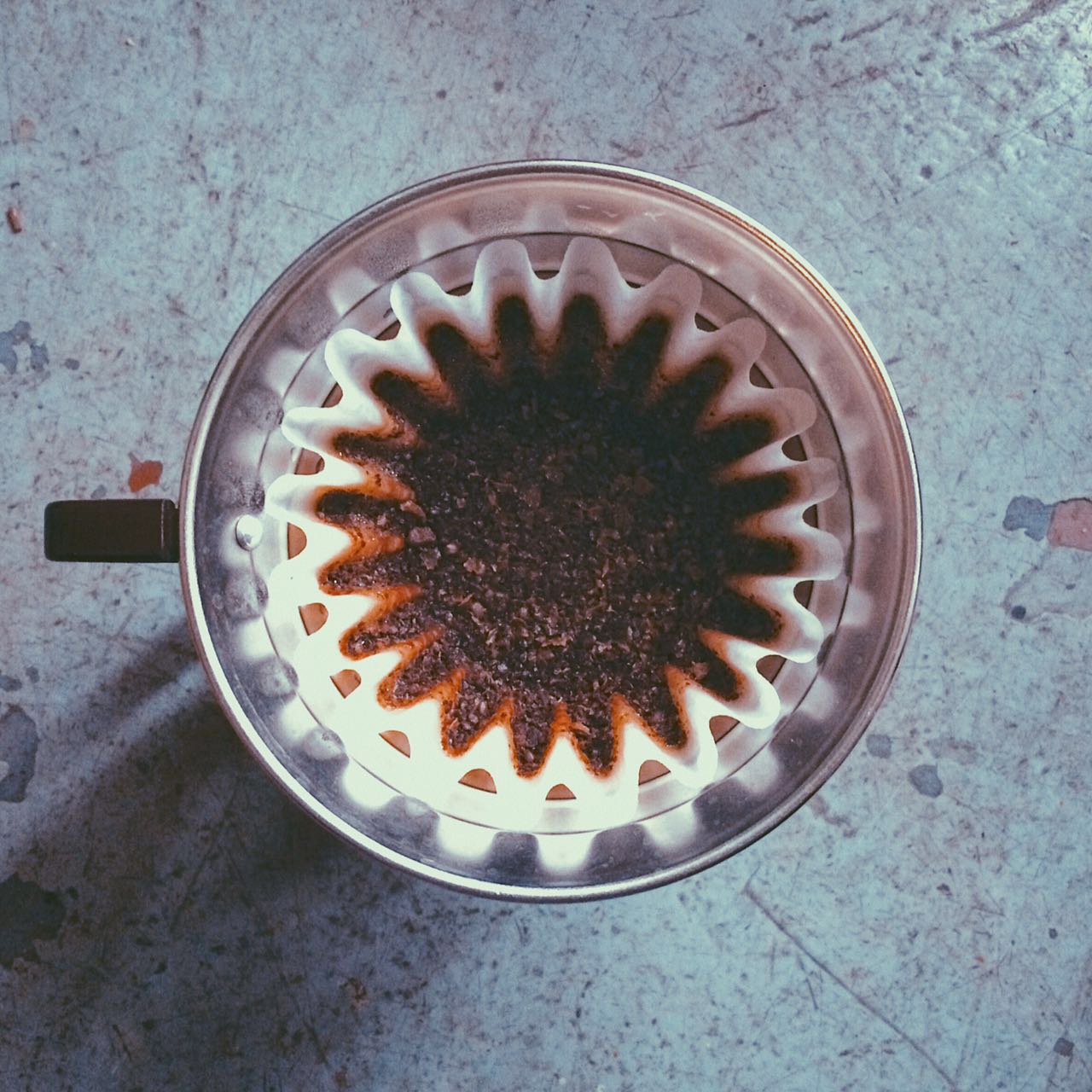
Costa Rica has a long history of cultivating coffee, but in the past 10 years, the new "dry" treatment is called fashion, collectively referred to as "honey treatment", which uses the scraper to adjust the scraping degree of the pulp. Output with the color from light to dark (white, yellow-red-white, yellow-red-black) and presents a "honey" from light to strong, with acidity, complex aroma and thick feeling. Each has its own depth and advantages. Located in the Naranjo producing area of the western West Valley region, the Herba processing Plant (Herbazu) is well known because it not only has its own coffee plantation, but also processes and produces raw beans for nearby estates and small coffee farmers.
San Juan Manor (Finca San Juanllo) coffee varieties are Villa sarchi, Caturra,Catuai, Bourbon, with an average elevation of 1600 meters. This microbatch is commissioned by a well-known Herbard processing plant to produce raw beans according to its excellent technology. From the bean phase, the bean body is full, fragrant, well-balanced, with almond and floral flavor.
Costa Rican coffee has always been regarded as a perfect type of classic flavor, balanced, clean and mild is his tone. San Juan Youzhuang, a processing plant in the western valley, comes from a famous orange county (Naranjo), and is famous for its excellent natural geographical conditions and excellent regional planting and management techniques. it has almost perfect classical flavor and lively citrus flavor in acidity. BlackBerry fruit aroma, acidity and taste thick, melon sweet taste smooth, drupe / micro-flower aroma, while the finish has a significant coffee flower aroma, is a taste of coffee full of Latin country style. Its flavor features brown sugar, floral aroma, almonds, black tea, oranges and sweet spices, mild acidity, syrup taste and a good finish.
Country: Costa Rica
Grade: SHB
Producing area: central valley
Altitude: 1300-1500m
Annual rainfall: 3000 mm
Harvest month: December to February of the following year
Treatment method: red honey treatment
Variety: Kaddura, Kaduai
Producer: fire Phoenix Manor
Raw bean specification: 18 mesh
Flavor: dried fruit, vanilla, honey, thick and delicate taste
Important Notice :
前街咖啡 FrontStreet Coffee has moved to new addredd:
FrontStreet Coffee Address: 315,Donghua East Road,GuangZhou
Tel:020 38364473
- Prev
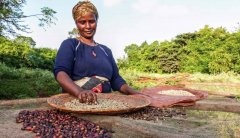
The reason why Panamanian coffee is good to learn more about Panamanian microclimate and major producing areas
Panama's geographical advantage is that it has many distinctive microclimate areas suitable for coffee cultivation, and Panama also has many persistent and professional coffee growers. This means there will be a lot of very good coffee in Panama, but these coffees are often associated with high prices. The high coffee price in Panama is mainly caused by the following factors: land price:
- Next
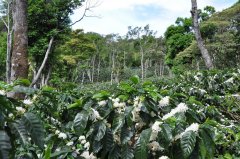
The highest CP value of the year is Rose Summer-2017 Green Standard Collection batch of Jadeite Manor Rose Summer washing out of the box experience!
For the exchange of professional baristas, please follow the coffee workshop (Wechat official account cafe_style) 2017 Green Standard Collection batch of Emerald Manor Rose Summer (washing) Hacienda La Esmeralda, Geisha Washed, 2017 Private Collectio "Legend of the boutique coffee world, and it is now in progress". Before 2003, you know that the best coffee in the world is the national treasure Blue Mountain.
Related
- Does Rose Summer choose Blue, Green or Red? Detailed explanation of Rose Summer Coffee plots and Classification in Panamanian Jade Manor
- What is the difference between the origin, producing area, processing plant, cooperative and manor of coffee beans?
- How fine does the espresso powder fit? how to grind the espresso?
- Sca coffee roasting degree color card coffee roasting degree 8 roasting color values what do you mean?
- The practice of lattes: how to make lattes at home
- Introduction to Indonesian Fine Coffee beans-- Java Coffee producing area of Indonesian Arabica Coffee
- How much will the flavor of light and medium roasted rose summer be expressed? What baking level is rose summer suitable for?
- Introduction to the characteristics of washing, sun-drying or wet-planing coffee commonly used in Mantenin, Indonesia
- Price characteristics of Arabica Coffee Bean Starbucks introduction to Manning Coffee Bean Taste producing area Variety Manor
- What is the authentic Yega flavor? What are the flavor characteristics of the really excellent Yejasuffi coffee beans?

